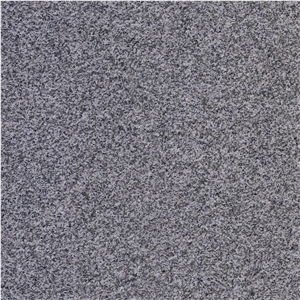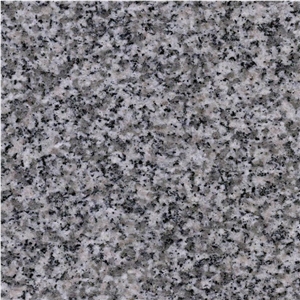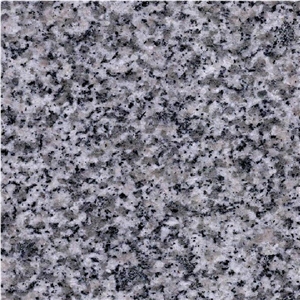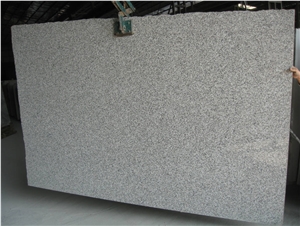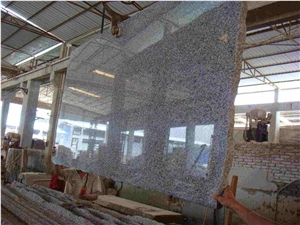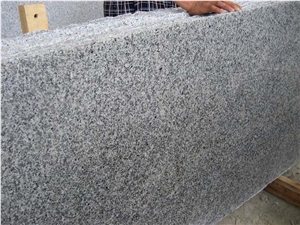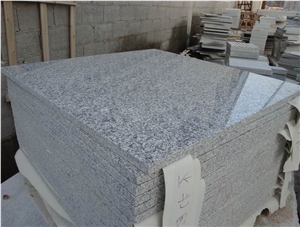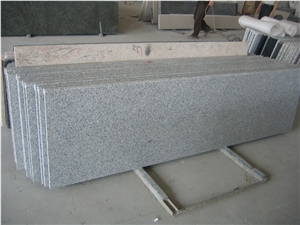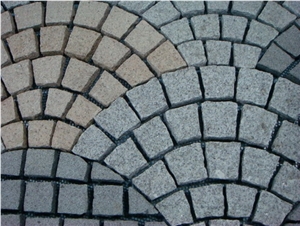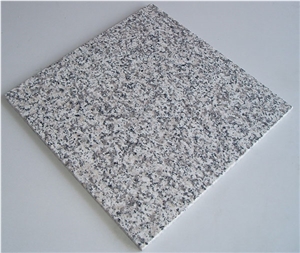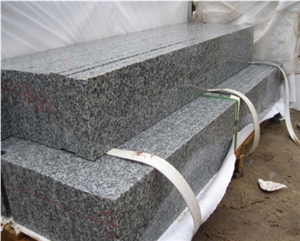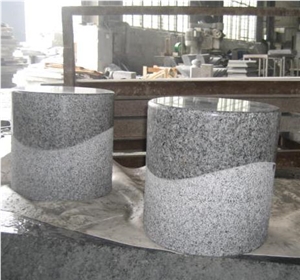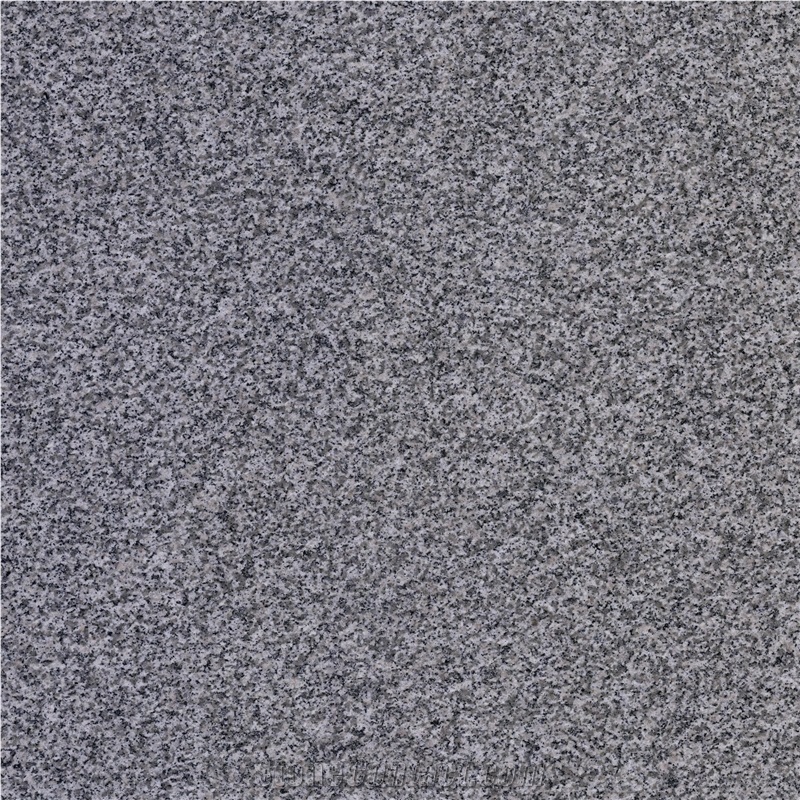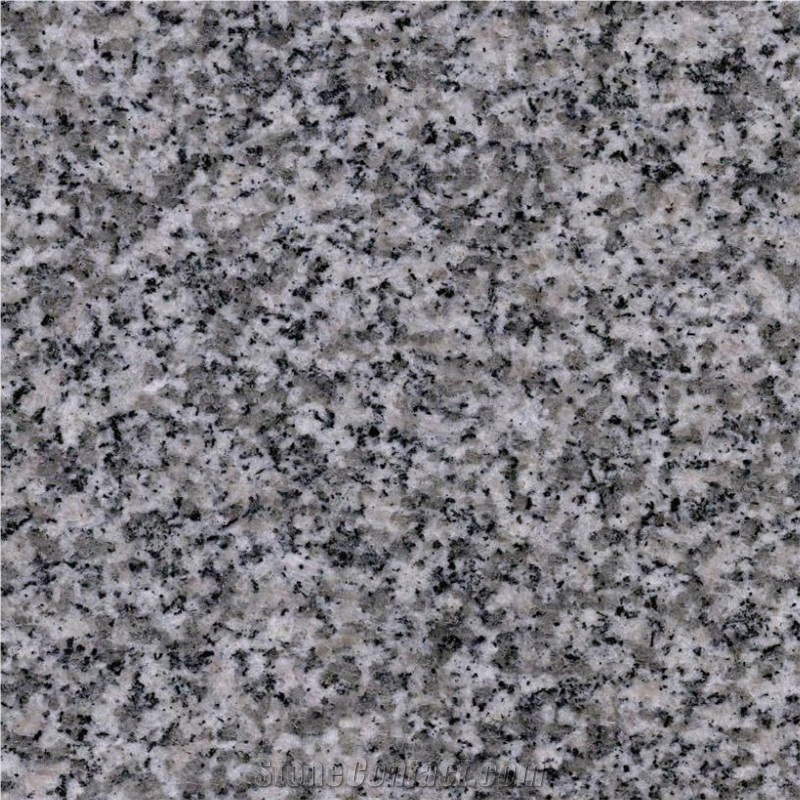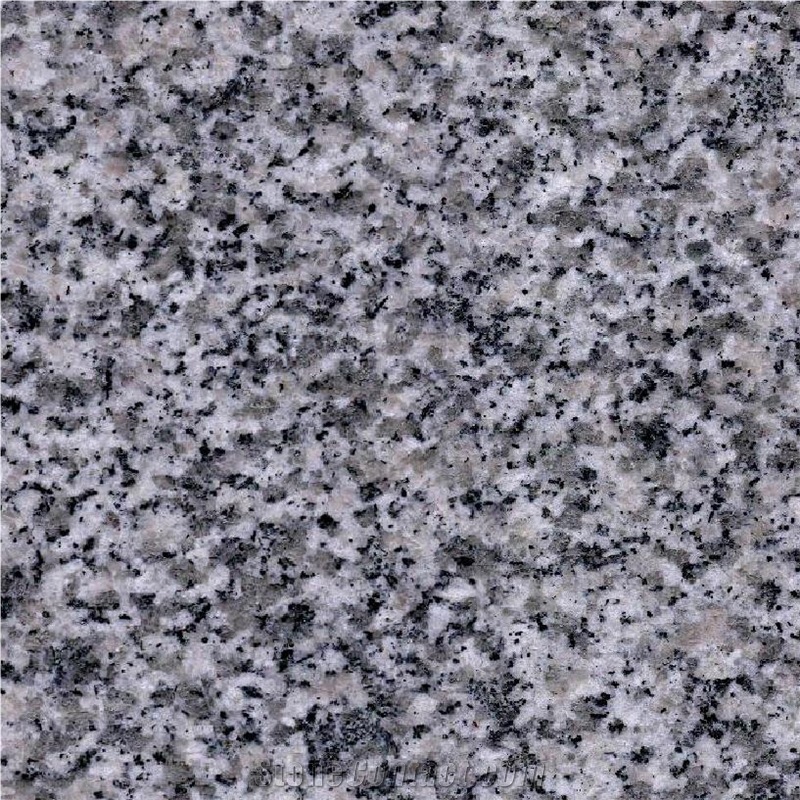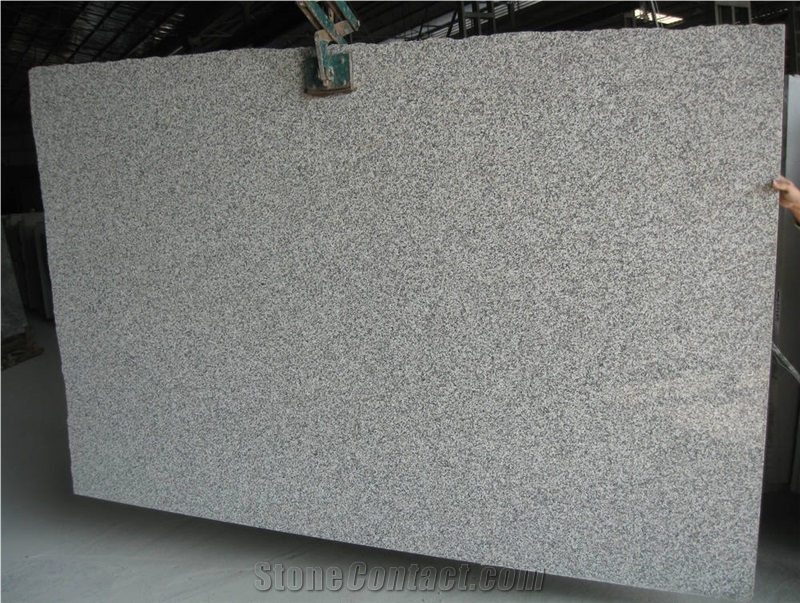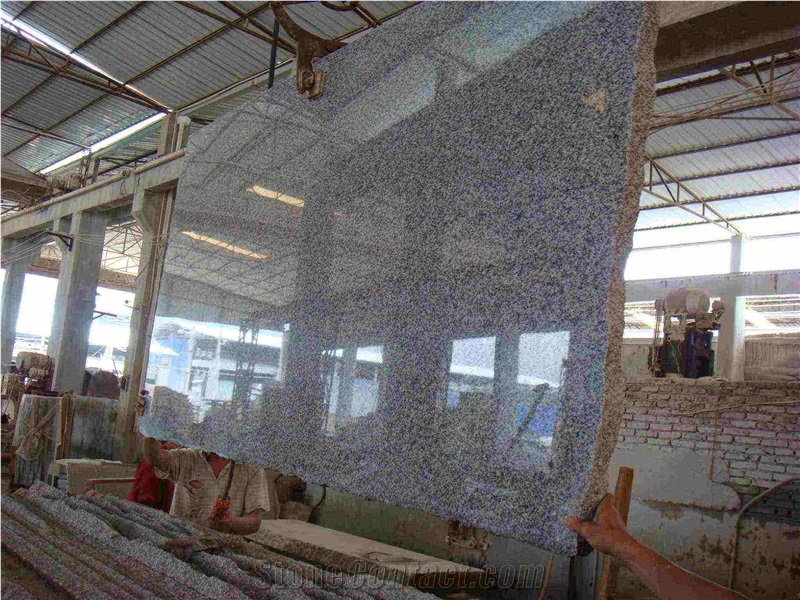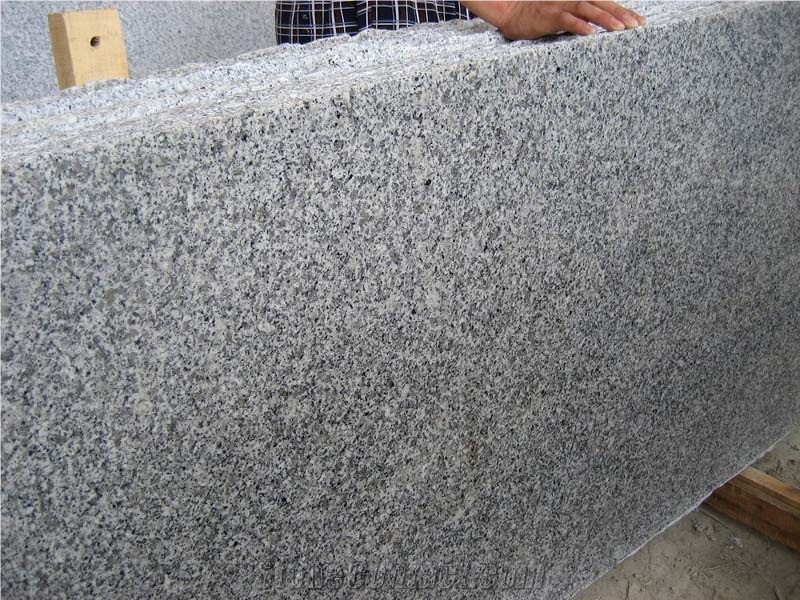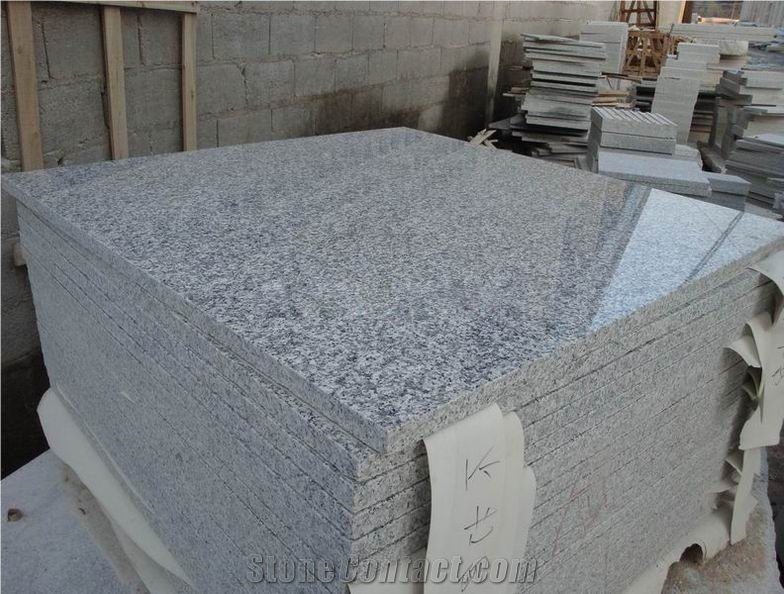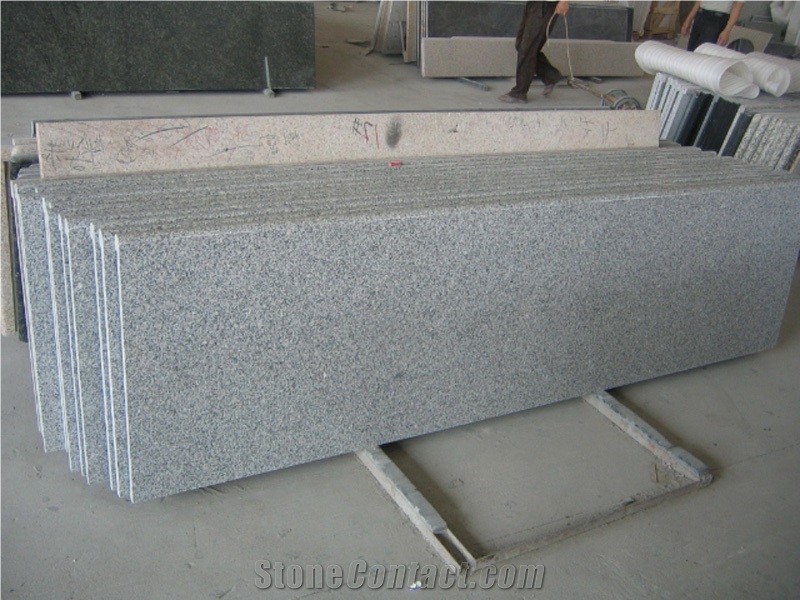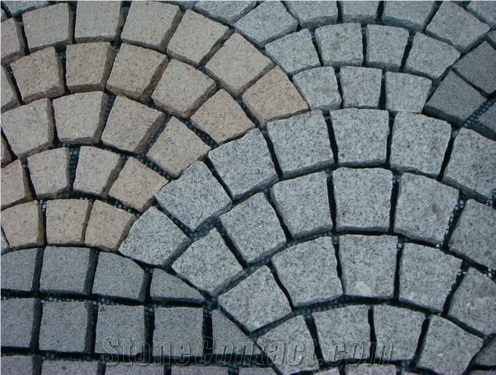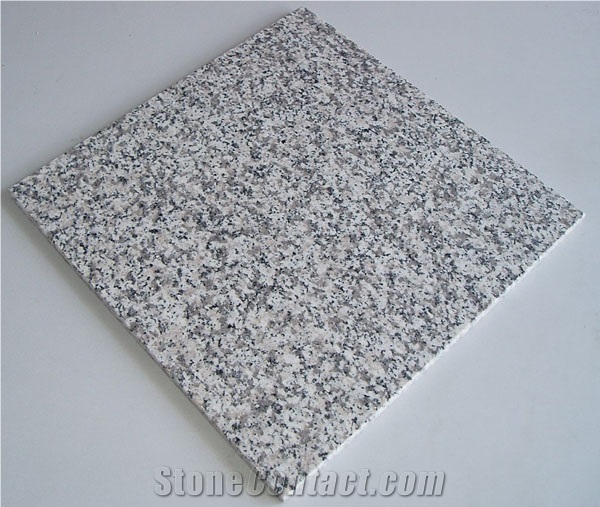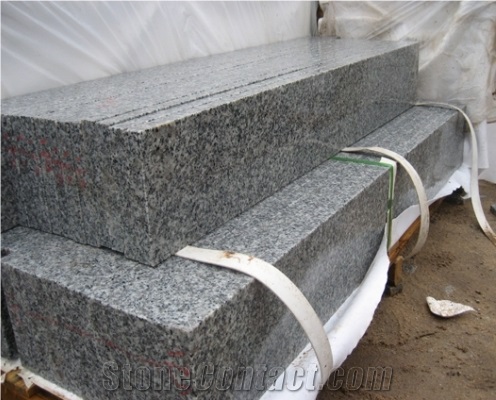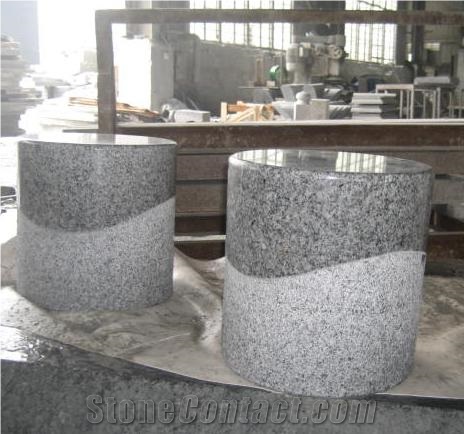G623 Granite
 China
(Haicang, Fujian province)
China
(Haicang, Fujian province)
G623 Granite, also known as "China Rosa Beta" or "Padang Beta," is a widely recognized and popular natural stone quarried in China. It is highly regarded for its attractive appearance, durability, and versatility. Here's a description of G623 Granite:
Color and Texture:
G623 Granite is characterized by its predominantly light gray color with occasional hints of pink, beige, or brown. The base color of the stone ranges from pale gray to medium gray, creating a neutral and versatile palette. The texture of G623 Granite is typically fine to medium-grained, with a smooth and polished surface.
Consistency:
G623 Granite is known for its consistency in color and texture, making it suitable for larger installations or projects where uniformity is desired. This consistent appearance allows for a seamless and cohesive look when used in countertops, flooring, and other applications.
Durability:
G623 Granite is renowned for its durability and strength. It is resistant to scratches, heat, and stains, making it ideal for both indoor and outdoor applications. Its robust nature ensures that it can withstand heavy use and maintain its elegance over time.
Applications:
G623 Granite is versatile and can be used in various applications. It is commonly used for countertops, flooring, wall cladding, stairs, and other architectural and design elements. Its neutral color palette and consistent appearance make it a popular choice for both residential and commercial projects.
Interior Design:
G623 Granite adds a touch of sophistication and versatility to interior spaces. Its light gray base color complements a range of design styles, from contemporary to traditional. It can create a serene and minimalist atmosphere or provide a neutral backdrop for bolder design elements and accents.
Exterior Design:
G623 Granite is also suitable for exterior applications. Its durability and resistance to weathering make it an excellent choice for outdoor flooring, facades, and other architectural features. The light gray color can enhance the visual appeal of exterior spaces while maintaining a timeless and elegant look.
Origin and Availability:
G623 Granite is quarried in China, a country renowned for its abundant granite resources. China has a well-established granite industry, and G623 is one of the notable granite varieties from the region. It is exported worldwide, ensuring its availability to customers and designers globally.
When considering G623 Granite for a project, it is advisable to view and select specific slabs in person. Natural stone can vary in terms of veining, color consistency, and other characteristics. By personally examining the slabs, you can ensure that the chosen ones align with your desired aesthetic preferences and project requirements.

How long does a G623 Granite sink last?

What are the different types of G623 Granite curbs?

How much does a G623 Granite cobblestone weight?

Should I do undermount sink with G623 Granite?

What are the common surface treatments of G623 Granite cobblestones?

Can I use G623 Granite for gravestone?

What is the difference between G623 Granite cobbles and pavement tiles?

Which sink is better G623 Granite or stainless steel for kitchen?

What grade is China's G623 Granite?

Is China's G623 Granite an expensive stone?

Is G623 Granite good for a bathroom vanity top?

How thick is China's G623 Granite slabs?

What is the physical properties of G623 Granite?

Is it better to cut G623 Granite wet or dry?

How thick should G623 Granite cobblestone be for a driveway?

Can G623 Granite have a sandblasted surface finish?

What is the disadvantage of G623 Granite sink?

How much does G623 Granite kerbstone weight per meter?

Is G623 Granite cobblestone slippery when wet?

Can I use G623 Granite for fireplace design?

How many square feet does 1 ton of G623 Granite cobblestone cover?

Why are cobblestones called cobblestones?

How many square meter does 1 ton of G623 Granite cobblestone cover?

How can I clean between G623 Granite cobblestones?

How can I cut G623 Granite cobbles?

What is the difference between G623 Granite cobbles and paving setts?

Can I cut G623 Granite tiles myself?

What is the best thickness for G623 Granite bar countertops?

How standard thick is a G623 Granite curbstone?

What is the sand between G623 Granite cobblestones?

Can China's G623 Granite be used in landscaping?

How much does G623 Granite curb weight per foot?

What size is a G623 Granite cobblestone?

What is the coefficient of friction of Pickled China's G623 Granite tiles?

Are there color variations of China's G623 Granite?

Do G623 Granite sinks crack easily?

Can China's G623 Granite be used in a living room?

Can G623 Granite have a flamed surface finish?

What are the common sizes of G623 Granite cobble stones?

Can China's G623 Granite be used exterior applications in very sunny climates?

Is it G623 Granite kerbstone or curbstone?
-

Xiamen Sanxiangda Import & Export Co., Ltd.
 China
China
 8YRDiamond members are premium members on platform, providing members with comprehensive approach to promoting their products, increasing products exposure and investment return to maximize.
8YRDiamond members are premium members on platform, providing members with comprehensive approach to promoting their products, increasing products exposure and investment return to maximize.
 Verified Supplier is for prove company authenticity,including business license,trade license and effective office space,to enhance buyers' trust to suppliers and their products, reducing communication costs.
Verified Supplier is for prove company authenticity,including business license,trade license and effective office space,to enhance buyers' trust to suppliers and their products, reducing communication costs.
Contact Supplier
-

 China
China
 15YRDiamond members are premium members on platform, providing members with comprehensive approach to promoting their products, increasing products exposure and investment return to maximize.
15YRDiamond members are premium members on platform, providing members with comprehensive approach to promoting their products, increasing products exposure and investment return to maximize.
 Verified Supplier is for prove company authenticity,including business license,trade license and effective office space,to enhance buyers' trust to suppliers and their products, reducing communication costs.
Verified Supplier is for prove company authenticity,including business license,trade license and effective office space,to enhance buyers' trust to suppliers and their products, reducing communication costs.
Contact Supplier
-

 China
China
 15YRDiamond members are premium members on platform, providing members with comprehensive approach to promoting their products, increasing products exposure and investment return to maximize.
15YRDiamond members are premium members on platform, providing members with comprehensive approach to promoting their products, increasing products exposure and investment return to maximize.
 Verified Supplier is for prove company authenticity,including business license,trade license and effective office space,to enhance buyers' trust to suppliers and their products, reducing communication costs.
Verified Supplier is for prove company authenticity,including business license,trade license and effective office space,to enhance buyers' trust to suppliers and their products, reducing communication costs.
Contact Supplier
-

 China
China
 15YRDiamond members are premium members on platform, providing members with comprehensive approach to promoting their products, increasing products exposure and investment return to maximize.
15YRDiamond members are premium members on platform, providing members with comprehensive approach to promoting their products, increasing products exposure and investment return to maximize.
 Verified Supplier is for prove company authenticity,including business license,trade license and effective office space,to enhance buyers' trust to suppliers and their products, reducing communication costs.
Verified Supplier is for prove company authenticity,including business license,trade license and effective office space,to enhance buyers' trust to suppliers and their products, reducing communication costs.
Contact Supplier
-

XIAMEN MILE STONE IMP&EXP CO.,LTD
 China
China
 4YRDiamond members are premium members on platform, providing members with comprehensive approach to promoting their products, increasing products exposure and investment return to maximize.
4YRDiamond members are premium members on platform, providing members with comprehensive approach to promoting their products, increasing products exposure and investment return to maximize.
 Verified Supplier is for prove company authenticity,including business license,trade license and effective office space,to enhance buyers' trust to suppliers and their products, reducing communication costs.
Verified Supplier is for prove company authenticity,including business license,trade license and effective office space,to enhance buyers' trust to suppliers and their products, reducing communication costs.
Contact Supplier
-

Xiamen Sanxiangda Import & Export Co., Ltd.
 China
China
 8YRDiamond members are premium members on platform, providing members with comprehensive approach to promoting their products, increasing products exposure and investment return to maximize.
8YRDiamond members are premium members on platform, providing members with comprehensive approach to promoting their products, increasing products exposure and investment return to maximize.
 Verified Supplier is for prove company authenticity,including business license,trade license and effective office space,to enhance buyers' trust to suppliers and their products, reducing communication costs.
Verified Supplier is for prove company authenticity,including business license,trade license and effective office space,to enhance buyers' trust to suppliers and their products, reducing communication costs.
Contact Supplier
-

 Spain
Spain
 11YRDiamond members are premium members on platform, providing members with comprehensive approach to promoting their products, increasing products exposure and investment return to maximize.
11YRDiamond members are premium members on platform, providing members with comprehensive approach to promoting their products, increasing products exposure and investment return to maximize.
Contact Supplier
-

Xiamen HD Stone Import And Export Co., Ltd
 China
China
 10YRDiamond members are premium members on platform, providing members with comprehensive approach to promoting their products, increasing products exposure and investment return to maximize.
10YRDiamond members are premium members on platform, providing members with comprehensive approach to promoting their products, increasing products exposure and investment return to maximize.
 Verified Supplier is for prove company authenticity,including business license,trade license and effective office space,to enhance buyers' trust to suppliers and their products, reducing communication costs.
Verified Supplier is for prove company authenticity,including business license,trade license and effective office space,to enhance buyers' trust to suppliers and their products, reducing communication costs.
Contact Supplier
-

Fujian Nanan JADA Stone Co., Ltd.
 China
China
 14YRDiamond members are premium members on platform, providing members with comprehensive approach to promoting their products, increasing products exposure and investment return to maximize.
14YRDiamond members are premium members on platform, providing members with comprehensive approach to promoting their products, increasing products exposure and investment return to maximize.
Contact Supplier
-

XIAMEN SINGO IMPORT & EXPORT TRADING CO., LTD.
 China
China
 16YRDiamond members are premium members on platform, providing members with comprehensive approach to promoting their products, increasing products exposure and investment return to maximize.
16YRDiamond members are premium members on platform, providing members with comprehensive approach to promoting their products, increasing products exposure and investment return to maximize.
 Verified Supplier is for prove company authenticity,including business license,trade license and effective office space,to enhance buyers' trust to suppliers and their products, reducing communication costs.
Verified Supplier is for prove company authenticity,including business license,trade license and effective office space,to enhance buyers' trust to suppliers and their products, reducing communication costs.
Contact Supplier
The request includes: 1. surface finished, size 2. quantity required






